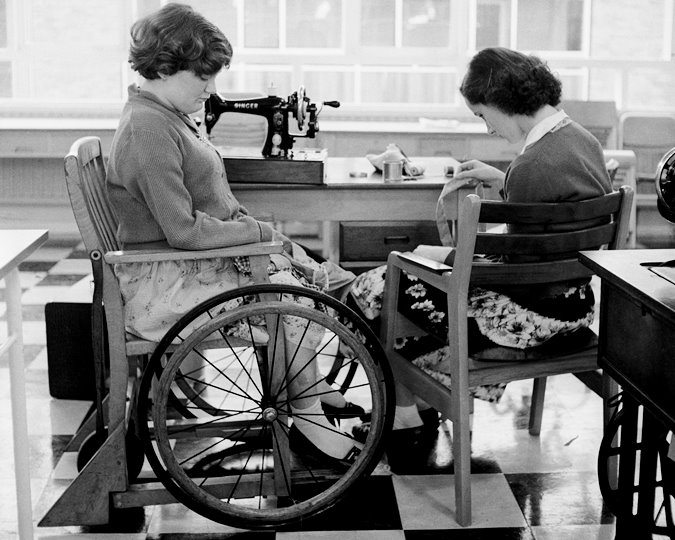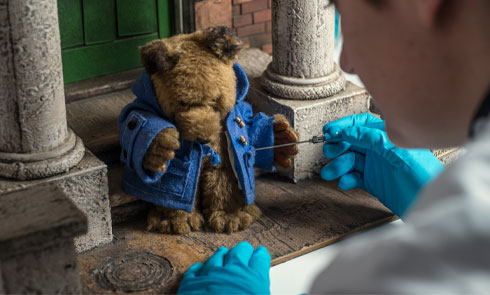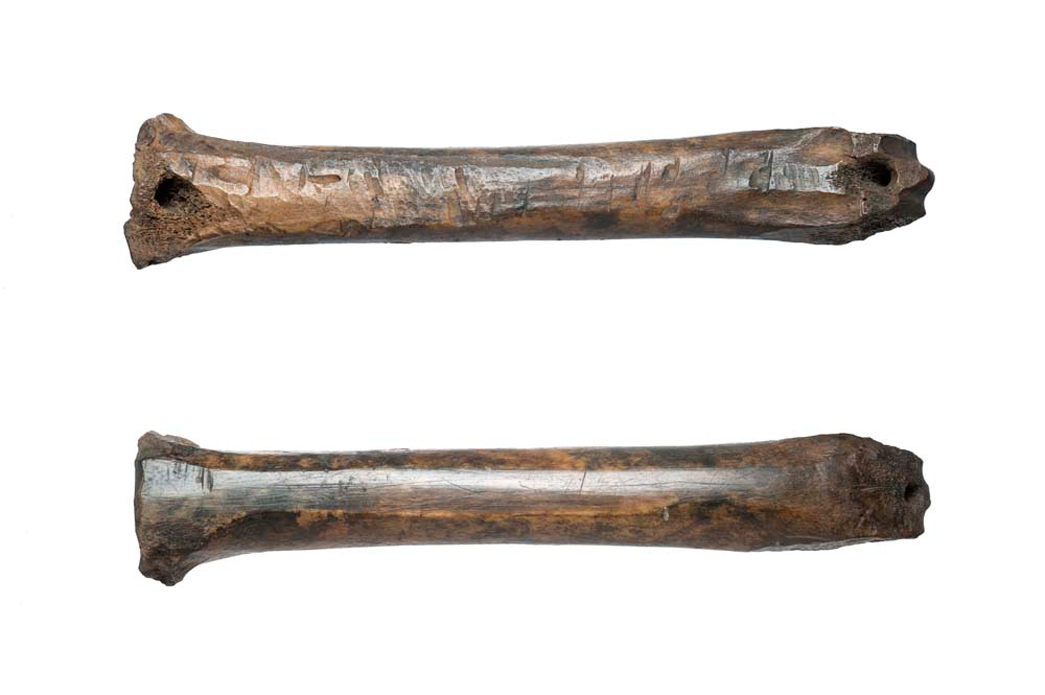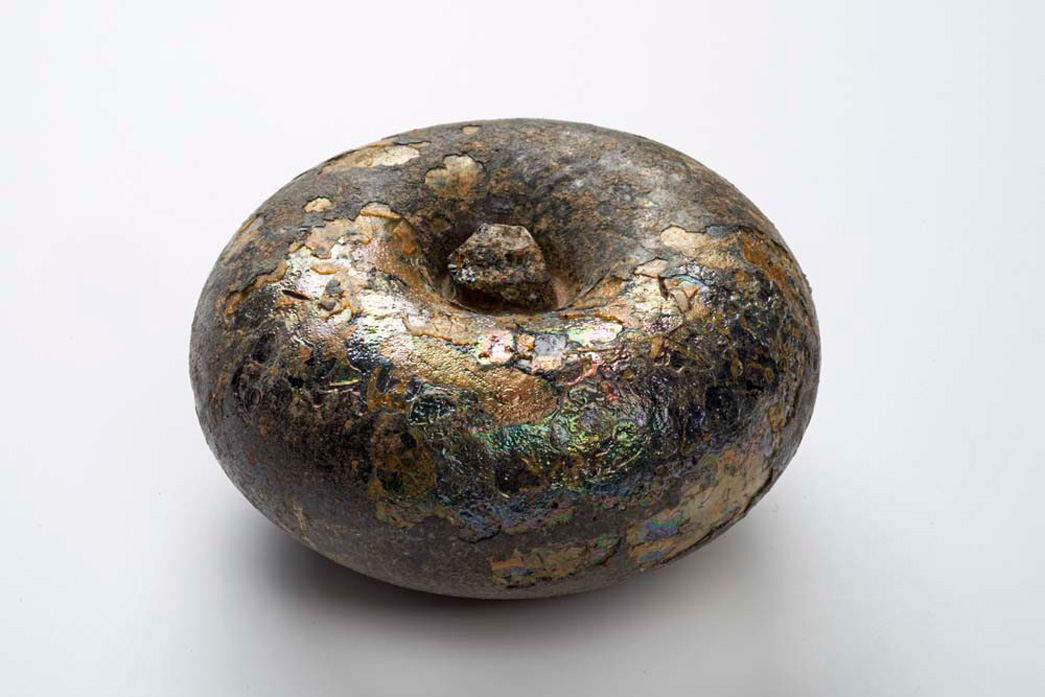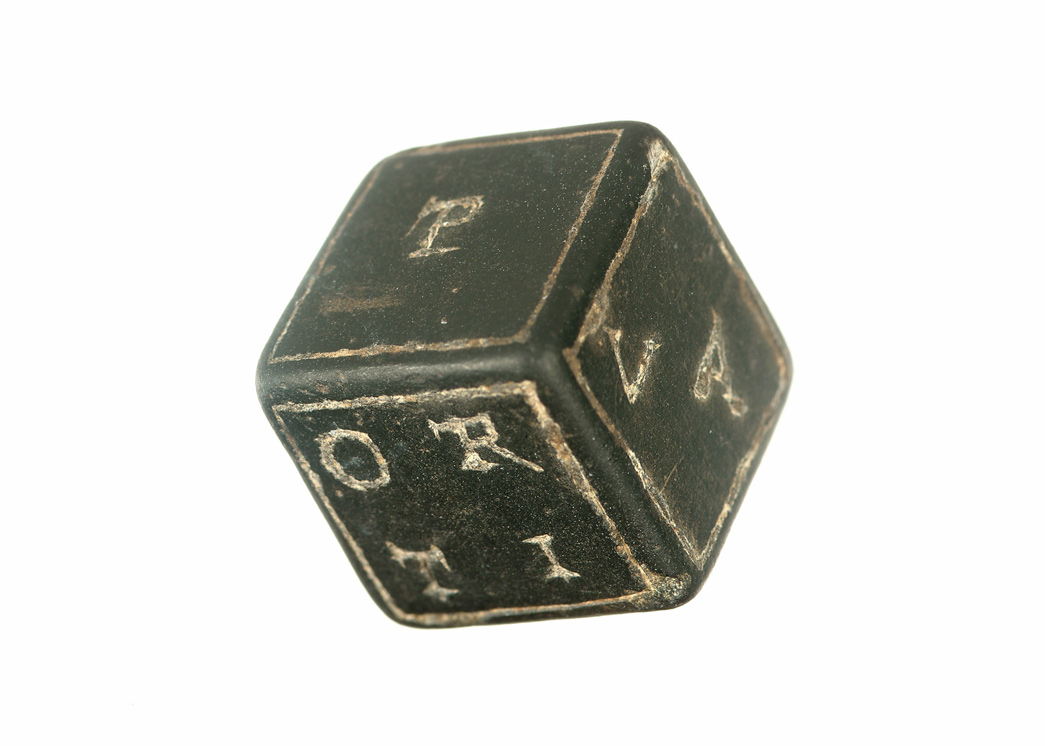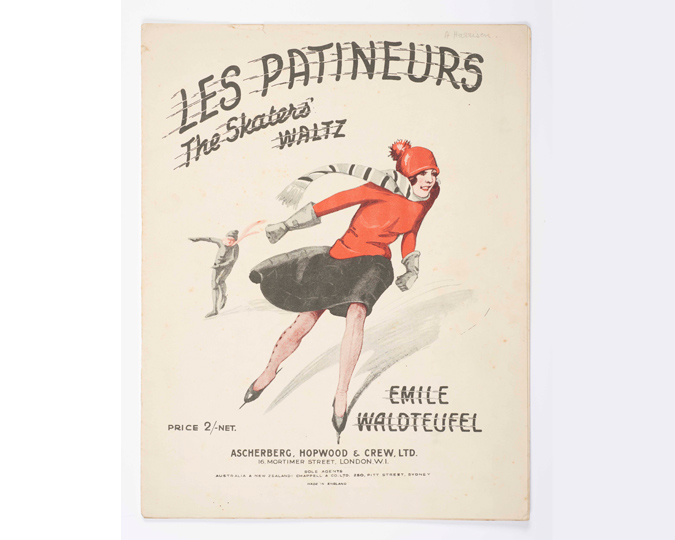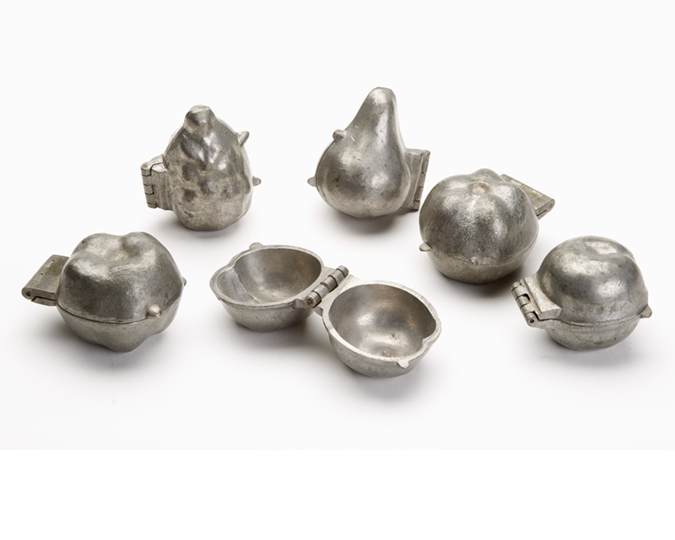The Museum of London's Archaeological Archive holds millions of objects excavated across the city, many of which present a puzzle to archaeologists. What did these objects- many incomplete, broken or decayed- look like, and what were they used for? Here are three archaeological mystery objects from our collections.
Guess what each object was used for, then click on the 'i' icon at the bottom of the image to see the answer.
Mystery object #1
Our first artefact is a favourite at the Archive and regularly features in a game of ‘guess the object’. Made from the matapodial bones of large animals (commonly horses and cattle), these objects are usually completely flat on one side, smoothed down through use. They sometimes have a bevel or point at the front and can feature holes drilled into the front and/or back. There has been some debate in the past about their use, with some having interpreted them as a tool to smooth linen, or perhaps used in textile preparation. However, through ethnographic study, experimental archaeology and even literary evidence, archaeologists have interpreted these objects as… ice skates! The earliest examples date back to the Bronze Age and can be found in central Europe – London’s examples primarily come from medieval sites, with this particular example having been excavated from Queen Victoria Street in 1987.
Mystery object #2
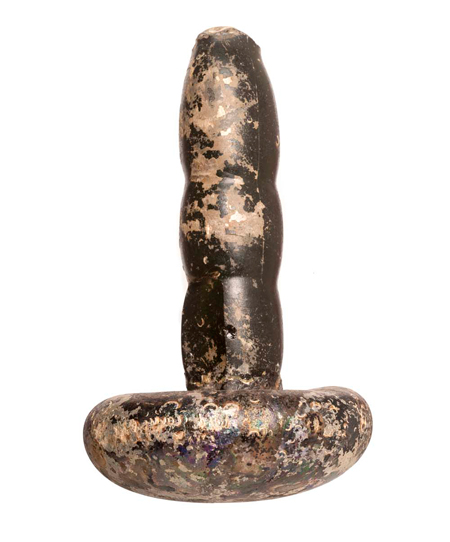
Almost complete glass calender
With attached handle
Our next perplexing object is not entirely uncommon amongst the Archive’s store of archaeology. It is made from a mushroom shaped lump of glass. This particular example is incomplete, and would have once had a handle. The rainbow shine on its surface is sometimes mistaken for decoration, but is actually a result of the glass decaying over the centuries. This object was buried for some 200 to 300 years under Newgate Street, but these objects have been in use for far longer. Examples have been found from the medieval period in the London and some even excavated from Saxon or Norman sites.
This object is exactly what our ice skate was mistaken for: it's a linen smoother, a kind of primitive iron known as a calender. There is some debate as to whether the glass would have been heated or not. Perhaps later post-medieval examples were made with a handle for exactly this purpose. With the introduction of metal irons, this once common household object fell out of fashion and can now appear perplexing.
Mystery object #3
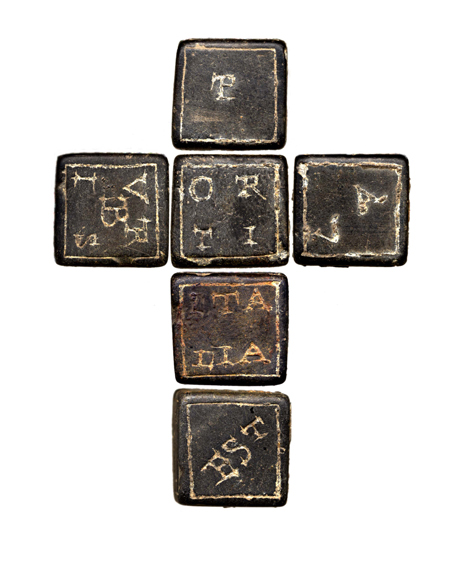
Our first two objects may have appeared mystifying at first glance, but our last cryptic object probably looks familiar. It is indeed a common six-sided die, but it’s also some 1800 years old. It was excavated from the floor of a 2nd century Roman workshop in Southwark. The Romans were incredibly fond of games and gaming – the emperor Claudius even wrote a book (now lost) about dice games, De arte aleae. This particular die, however, is enigmatic. Instead of dots denoting the values one to six, each of the sides is carved with Latin words, inlaid with lead and silver based paint. The six sides read:
P / VA / EST / ORTI / VRBIS / ITALIA
If read in sequence this very (very) roughly translates as ‘P[ublius] is arisen from the city Italy’. Only five other lettered dice of this nature are known from across the Roman Empire – four from France and one from Hungary. All have similar formulae of lettering, but with slightly different words in each case. No one has elucidated the exact nature of this game and we don’t even know if they were used with counters, a board or in combination with other lettered dice. Looks like this artefact remains a mystery, even once we've worked out what it is.
Find out more about the Archaeological Archive, the largest in the world, and check out the events we hold which can take you inside to view the artefacts for yourself.




